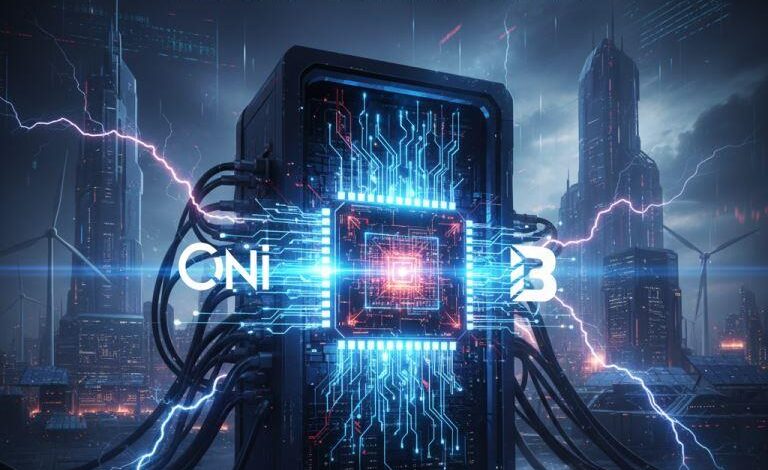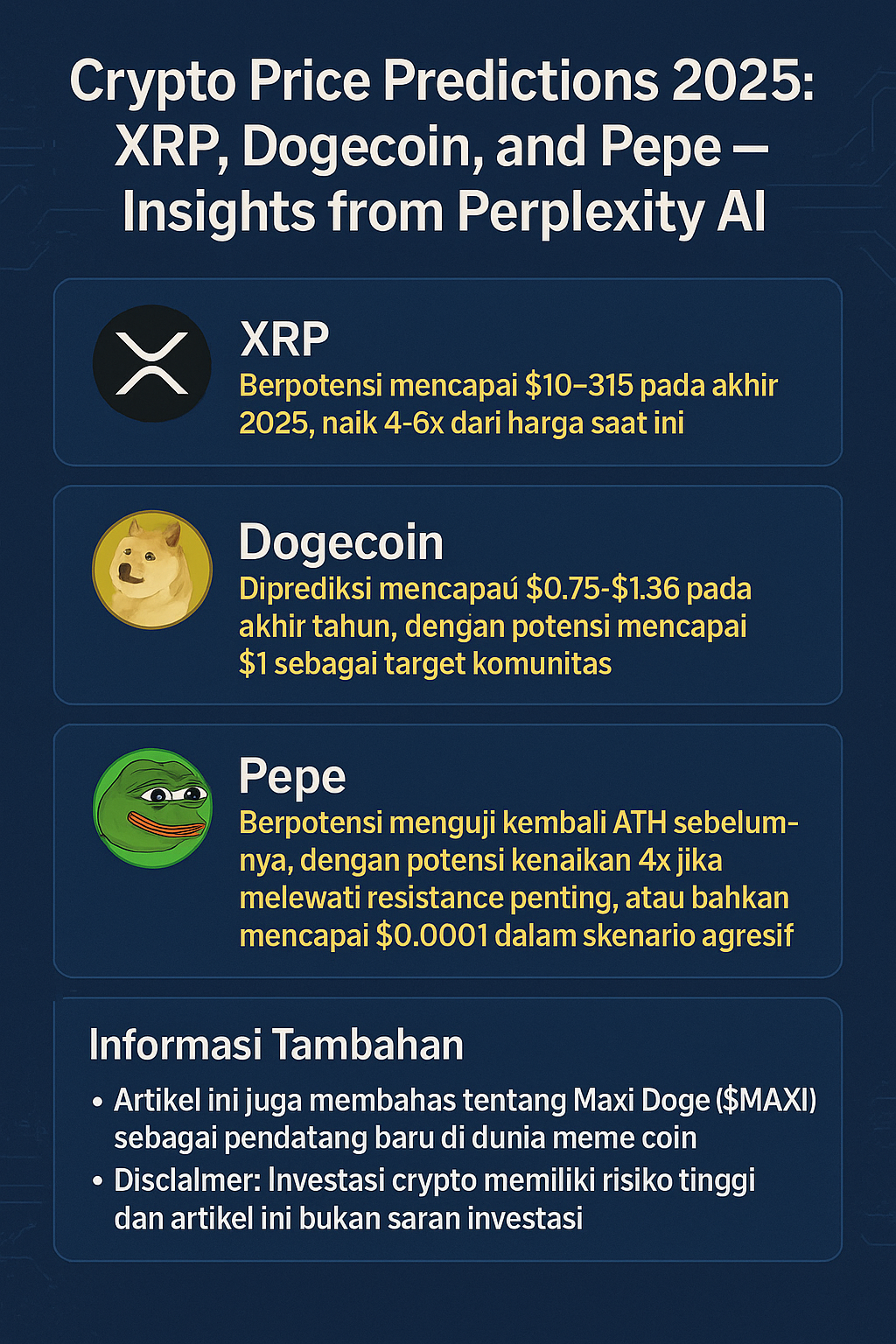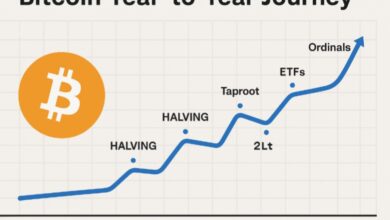OpenAI and Broadcom Join Forces to Build 10GW AI Chip Systems — A New Era of Power and Energy Demand

Introduction: The AI Boom Meets Its Power Surge
OpenAI — the company behind ChatGPT and Sora — has announced a groundbreaking partnership with semiconductor giant Broadcom to design and develop 10 gigawatts (GW) worth of custom AI chips and systems.
That’s not just a technical milestone; it’s an energy revolution. Ten gigawatts of power is roughly equivalent to the electricity consumption of a major metropolitan city — or about 8 million U.S. homes.
The collaboration underscores a growing reality: the rise of artificial intelligence is not just a software story anymore — it’s a hardware and energy story.
The Partnership: OpenAI and Broadcom’s Strategic Move
The partnership marks OpenAI’s biggest hardware venture to date. Broadcom, one of the world’s leading chipmakers, will co-develop next-generation AI accelerators and networking systems designed specifically for OpenAI’s infrastructure.
These custom chips will serve as the backbone for OpenAI’s expanding ecosystem — from ChatGPT, which now boasts over 800 million weekly users, to Sora, its fast-growing AI video generation platform.
The first deployments of these AI accelerators are expected to begin in the second half of 2026, setting the stage for a new wave of large-scale, high-performance computing tailored to artificial intelligence.
Why It Matters: The Race for AI Hardware Dominance
For years, OpenAI has relied heavily on Nvidia and AMD for its GPU supply — the engines behind modern AI. However, as global demand for GPUs skyrockets, supply shortages and rising costs have become a major bottleneck.
By partnering with Broadcom, OpenAI aims to diversify its hardware supply chain, gain more control over chip design, and reduce dependency on third-party providers.
This mirrors what major tech players like Google (TPU chips), Amazon (Inferentia and Trainium), and Microsoft (Athena AI chips) have done: build proprietary hardware to better support their AI ambitions.
According to tech analysts, this move will likely reshape the AI infrastructure market, pushing other AI labs to pursue similar custom hardware strategies.
Powering the AI Revolution: 10 Gigawatts of Computing
Let’s pause for perspective:
10 gigawatts of power equals roughly 10 large nuclear power plants running simultaneously.
That’s the estimated energy required to fuel OpenAI’s future data centers and chip systems.
It’s a staggering figure — and one that highlights both the promise and peril of today’s AI boom.
As AI models like GPT-5 and beyond continue to scale, the computational load (and corresponding energy draw) grows exponentially. Each new version requires larger datasets, more parameters, and faster training cycles, all demanding vast energy resources.
Environmental Concerns: When Innovation Meets Carbon Reality
This explosive growth has sparked legitimate concerns about the environmental footprint of artificial intelligence.
A 2024 report from the International Energy Agency (IEA) warned that AI-related data center electricity consumption could triple by 2026, surpassing that of some industrial nations.
The OpenAI–Broadcom deal could accelerate that trajectory. The 10GW of power required for the new AI chips would be enough to power several million homes — prompting debate over how sustainable the AI revolution really is.
Environmental groups are calling on tech companies to pair innovation with sustainability, urging the adoption of renewable energy sources, efficient cooling systems, and smarter data management practices.
OpenAI has not yet detailed how it plans to offset the environmental costs, though insiders suggest it may pursue green energy partnerships to minimize its carbon footprint.
The Market Reaction: Broadcom Stock Soars
Wall Street responded swiftly. Broadcom shares surged over 12% on Monday morning following the announcement, reflecting strong investor confidence in the AI hardware boom.
The company, already a major supplier of chips for networking and cloud infrastructure, now stands to cement its position at the core of the AI supply chain.
Analysts view this as a mutually beneficial partnership:
Broadcom gains long-term stability and growth in the booming AI sector.
OpenAI secures advanced hardware capabilities and potentially lowers operational costs.
It’s a win-win that could redefine how tech giants approach infrastructure in the AI era.
Sora’s Meteoric Rise and the Expanding AI Ecosystem
While ChatGPT continues to dominate conversational AI with hundreds of millions of users, OpenAI’s new AI video generation tool, Sora, is growing even faster.
Sora allows users to create high-quality, realistic videos from text prompts, opening the door to new industries — from film production and advertising to education and virtual reality.
This expansion into video and multimodal AI (text, image, and motion) significantly increases computational needs. Sora’s complex rendering processes demand massive parallel computing power — one of the main reasons OpenAI is investing so heavily in next-generation chips.
AI and the Global Energy Question
The partnership reignites an important debate: Can AI scale responsibly without overwhelming the world’s energy grids?
Experts estimate that if current AI trends continue, data centers could consume up to 10% of global electricity by 2030.
While AI contributes to efficiency in other sectors — from medicine to climate modeling — its own energy appetite could offset those gains unless carefully managed.
Tech companies are now under pressure to develop energy-efficient models and data centers. Initiatives like liquid cooling, chip-level optimization, and renewable energy integration are becoming essential, not optional.
OpenAI’s new partnership offers both a challenge and an opportunity: it can become a model for sustainable AI scaling if paired with green innovation.
What This Means for the Future of AI
The OpenAI–Broadcom collaboration symbolizes a major shift in the AI landscape — from software-centric development to vertical integration across hardware, infrastructure, and energy management.
It represents the next evolution of AI strategy:
Control the algorithms (ChatGPT, Sora)
Control the hardware (Broadcom chips)
Control the energy pipeline
This end-to-end approach could give OpenAI a major edge over competitors — but it also raises questions about consolidation of power, resource allocation, and sustainability.
Conclusion: Powering Progress Responsibly
The OpenAI–Broadcom deal is both a technological milestone and a moral test. It represents the scale of ambition driving AI innovation — and the growing responsibility to ensure that progress doesn’t come at the expense of the planet.
Final Thoughts and Recommendations
For OpenAI and Broadcom:
Lead the way in green computing. Invest in renewable energy sources and transparent sustainability goals.
Collaborate with regulators to manage grid demand and promote responsible AI infrastructure expansion.
For policymakers:
Set clear energy standards for AI data centers and chip manufacturing.
Encourage cross-border collaboration on renewable infrastructure to power digital economies.
For the public and industry:
Recognize that every prompt, every generated video, and every AI-driven task consumes energy.
Support innovation that’s not just intelligent — but sustainable.
In the race to build smarter machines, humanity’s greatest challenge might not be teaching AI to think — but teaching ourselves how to power it wisely.











